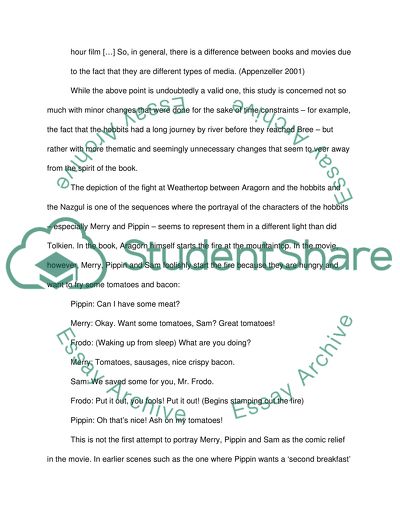Cite this document
(“The Fellowship of the Ring. The book vs movie Essay”, n.d.)
Retrieved from https://studentshare.org/miscellaneous/1513252-the-fellowship-of-the-ring-the-book-vs-movie
Retrieved from https://studentshare.org/miscellaneous/1513252-the-fellowship-of-the-ring-the-book-vs-movie
(The Fellowship of the Ring. The Book Vs Movie Essay)
https://studentshare.org/miscellaneous/1513252-the-fellowship-of-the-ring-the-book-vs-movie.
https://studentshare.org/miscellaneous/1513252-the-fellowship-of-the-ring-the-book-vs-movie.
“The Fellowship of the Ring. The Book Vs Movie Essay”, n.d. https://studentshare.org/miscellaneous/1513252-the-fellowship-of-the-ring-the-book-vs-movie.


